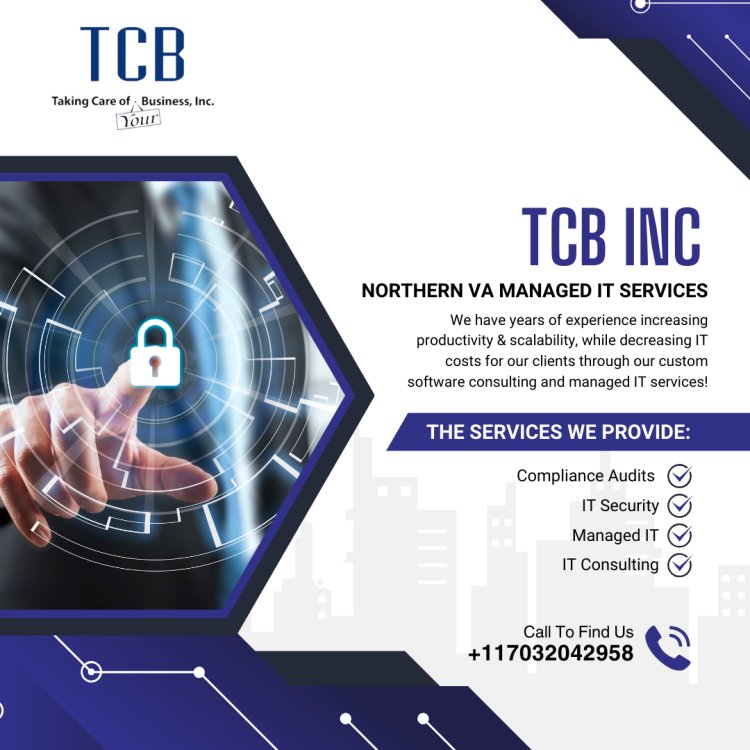Leveraging FedRAMP Compliance for Competitive Advantage
Share this Post to earn Money ( Upto ₹100 per 1000 Views )

In today's digital age, cloud services have become integral to business operations across industries. The increasing reliance on cloud-based solutions brings with it a heightened focus on data security, especially for organizations working with the federal government. The Federal Risk and Authorization Management Program (FedRAMP) plays a crucial role in ensuring that cloud services used by federal agencies meet stringent security standards. While achieving FedRAMP compliance can be a challenging process, it also presents significant competitive advantages for cloud service providers (CSPs).
Understanding FedRAMP Compliance
FedRAMP is a government-wide program that provides a standardized approach to security assessment, authorization, and continuous monitoring for cloud products and services. The goal of FedRAMP is to ensure that cloud services used by federal agencies meet rigorous security requirements, thereby protecting sensitive government data from cyber threats.
To achieve FedRAMP compliance, CSPs must undergo a comprehensive evaluation process, which includes security assessments conducted by Third Party Assessment Organizations (3PAOs), implementation of robust security controls, and continuous monitoring of the cloud environment. The process culminates in obtaining an Authority to Operate (ATO) from a federal agency, signifying that the CSP's service meets FedRAMP security standards.
The Competitive Edge of FedRAMP Compliance
1. Access to Federal Markets: One of the most significant advantages of FedRAMP compliance is the ability to offer cloud services to federal agencies. The U.S. government is one of the largest consumers of IT services, and gaining access to this market can open up substantial business opportunities. Federal contracts can provide steady revenue streams and long-term business relationships.
2. Enhanced Security Posture: Achieving FedRAMP compliance requires CSPs to implement rigorous security controls and undergo continuous monitoring. This leads to an overall enhancement of the CSP’s security posture. A robust security framework not only protects sensitive government data but also safeguards the CSP's infrastructure and customer data from cyber threats. Enhanced security can be a key differentiator in a competitive market, attracting security-conscious customers.
3. Building Trust and Credibility: FedRAMP compliance is a mark of trust and credibility. It demonstrates to potential customers that the CSP is committed to maintaining the highest standards of security and compliance. This can be particularly appealing to organizations in regulated industries such as healthcare, finance, and defense, where data security is paramount. Trust and credibility can translate into a competitive advantage, helping CSPs win new business and retain existing customers.
4. Streamlined Compliance with Other Standards: FedRAMP’s comprehensive security framework aligns with other widely recognized standards such as the National Institute of Standards and Technology (NIST) Special Publication 800-53. As a result, achieving FedRAMP compliance can streamline the process of complying with other regulatory requirements, such as the Health Insurance Portability and Accountability Act (HIPAA) or the General Data Protection Regulation (GDPR). This can save time and resources, allowing CSPs to focus on innovation and growth.
5. Operational Efficiency and Cost Savings: The process of achieving FedRAMP compliance involves rigorous assessment and optimization of security practices. This often leads to improved operational efficiency and cost savings. By adopting standardized security controls and processes, CSPs can reduce redundancies and streamline their operations. Additionally, continuous monitoring helps identify and address security vulnerabilities proactively, reducing the risk of costly data breaches.
6. Competitive Differentiation: In a crowded market, standing out from the competition is crucial. FedRAMP compliance sets CSPs apart by showcasing their commitment to security and compliance. This can be a significant competitive differentiator, especially when competing for contracts with security-conscious clients. By highlighting FedRAMP compliance in marketing and sales efforts, CSPs can position themselves as trusted partners capable of delivering secure and reliable cloud services.
Steps to Achieve FedRAMP Compliance
1. Understand the Requirements: The first step in achieving FedRAMP compliance is to thoroughly understand the program's requirements and guidelines. This includes familiarizing oneself with the security controls outlined in NIST SP 800-53 and the FedRAMP authorization process.
2. Gap Analysis and Planning: Conduct a gap analysis to identify areas where the CSP’s current security practices fall short of FedRAMP requirements. Develop a detailed plan to address these gaps, including timelines, resource allocation, and responsibilities.
3. Implement Security Controls: Implement the necessary security controls to meet FedRAMP requirements. This may involve upgrading infrastructure, enhancing encryption methods, improving access controls, and establishing incident response protocols.
4. Submit Documentation: Prepare and submit the required documentation, including the security assessment report, system security plan, and other supporting materials, to the FedRAMP Program Management Office (PMO).
5. Continuous Monitoring: Once FedRAMP authorization is obtained, maintain continuous monitoring of the cloud environment to ensure ongoing compliance with security requirements. This includes regular security assessments, vulnerability scanning, and incident reporting.
Conclusion
FedRAMP compliance is more than just a regulatory requirement; it is a strategic advantage that can help CSPs thrive in a competitive market. By achieving FedRAMP compliance, CSPs can unlock access to federal markets, enhance their security posture, build trust and credibility, streamline compliance with other standards, improve operational efficiency, and differentiate themselves from the competition. The investment in FedRAMP compliance is an investment in the future growth and success of a cloud service provider.





